Book fair will feature rare photos of the chaotic and complex early construction of the NYC subway
More NYC Subway construction photos
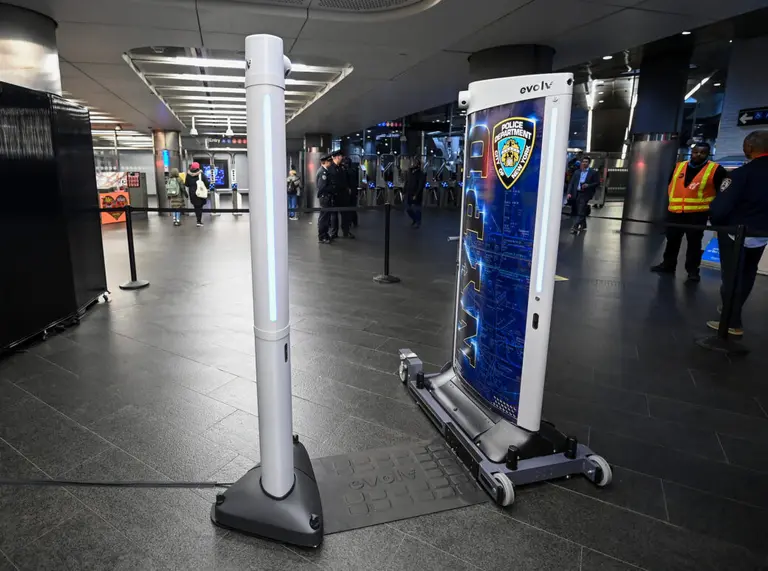
Photo courtesy of Marc A. Hermann / MTA on Flickr
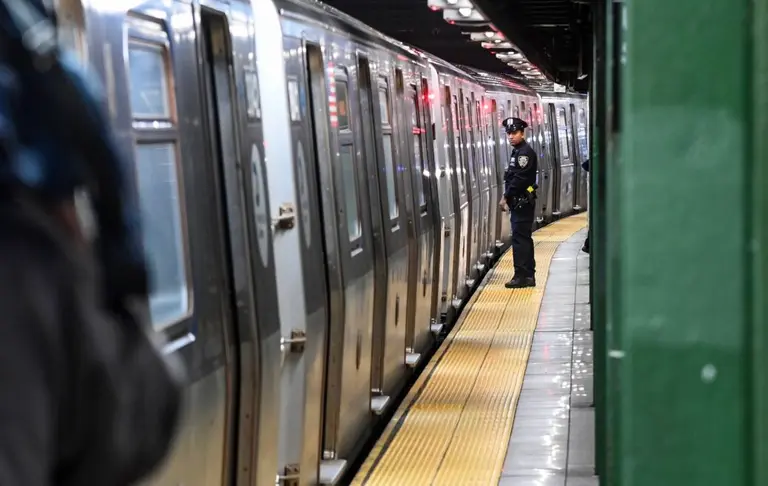
Image courtesy of Marc A. Hermann / MTA on Flickr

Image courtesy of Lerone Pieters on Unsplash
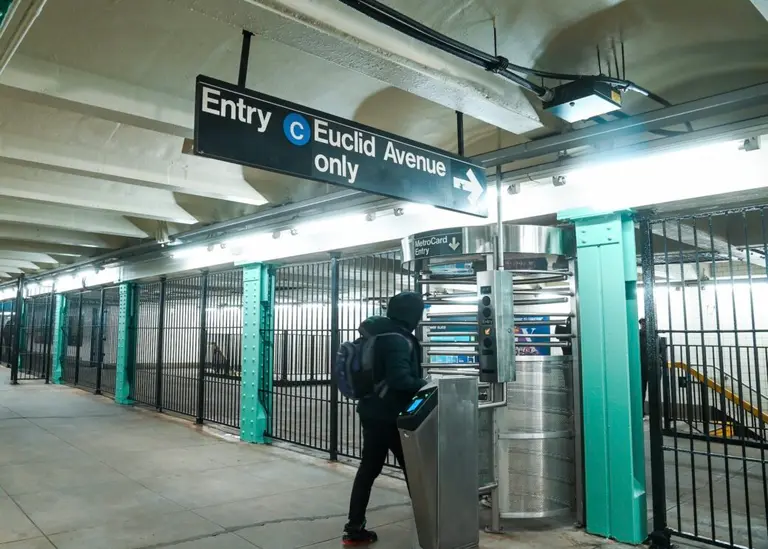
Image courtesy of Marc A. Hermann / MTA on Flickr
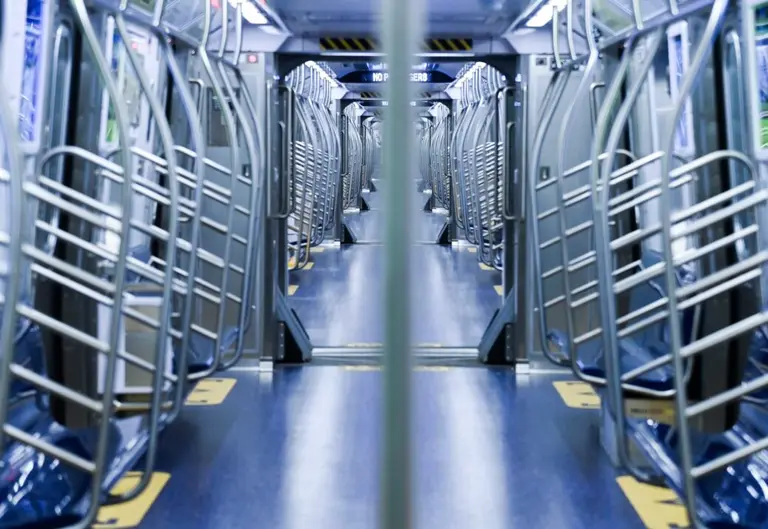
Image courtesy of Marc A. Hermann / MTA on Flickr
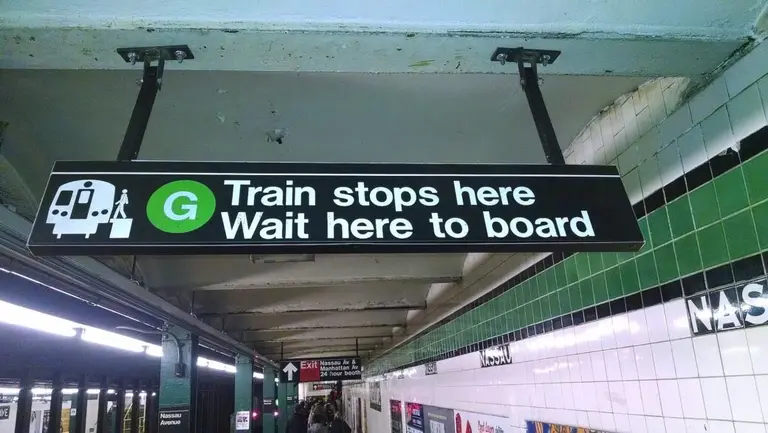
Photo by The All-Nite Images on Flickr
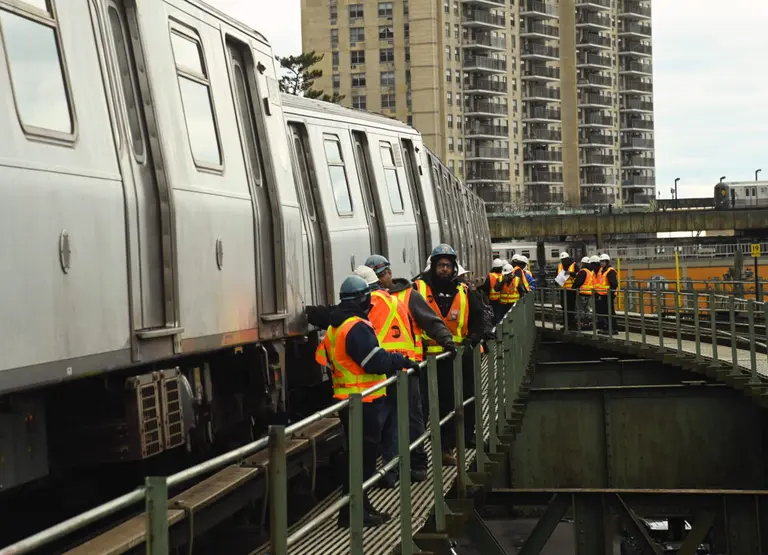
Image courtesy of Marc A. Hermann / MTA on Flickr
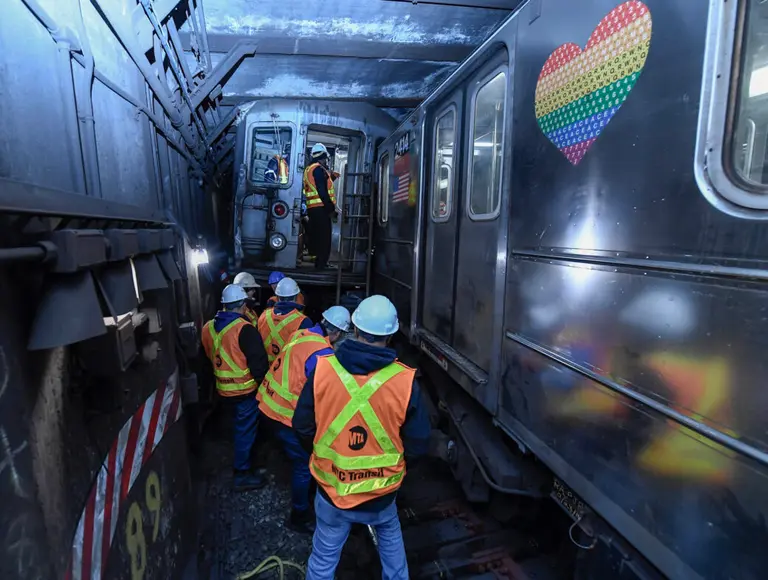
Scene of the collision and derailment north of 96th Street. Photo by Marc A. Hermann / MTA on Flickr
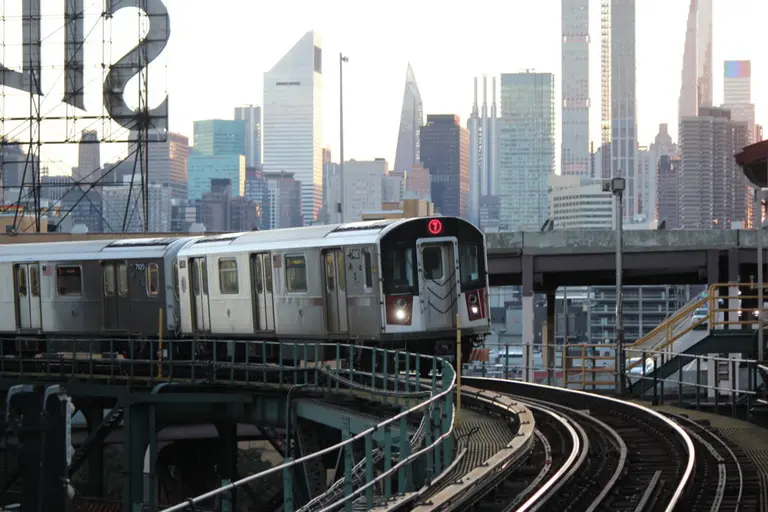
Photo by Shinya Suzuki on Flickr
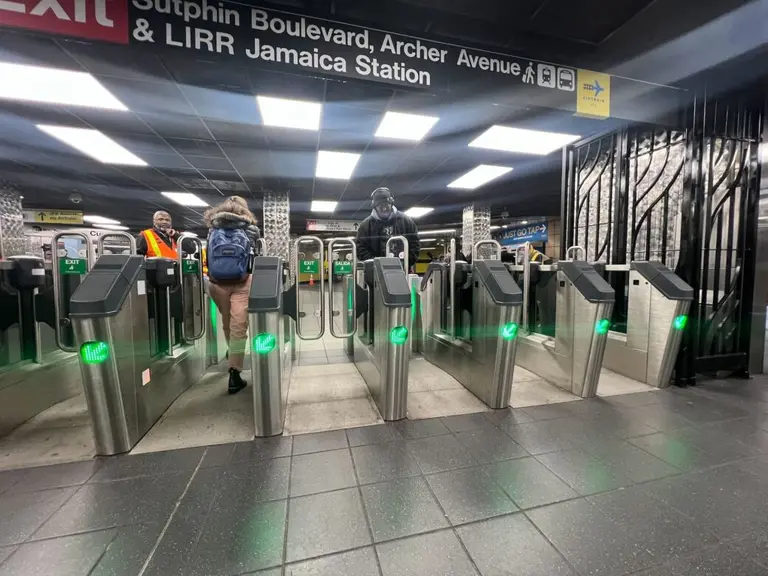
Photo courtesy of Ray Raimundi / MTA on Flickr
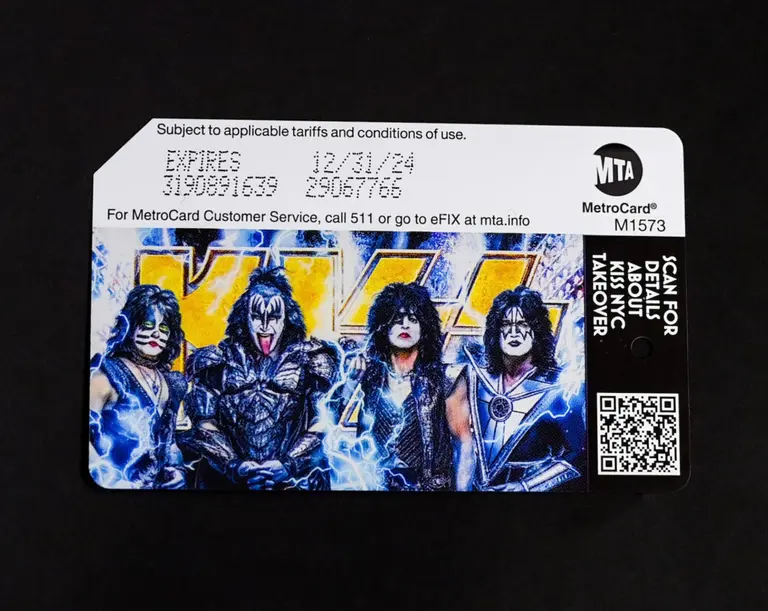
Image courtesy of Marc A. Hermann / MTA on Flickr
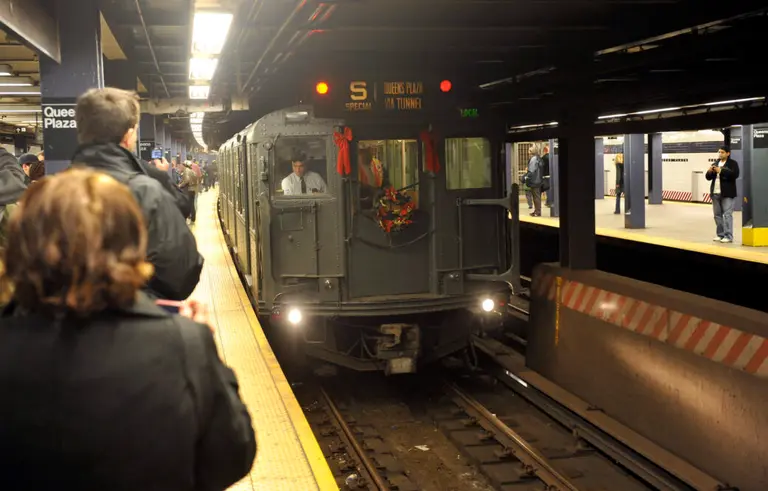
Photo: MTA New York City Transit / Marc Hermann on Flickr
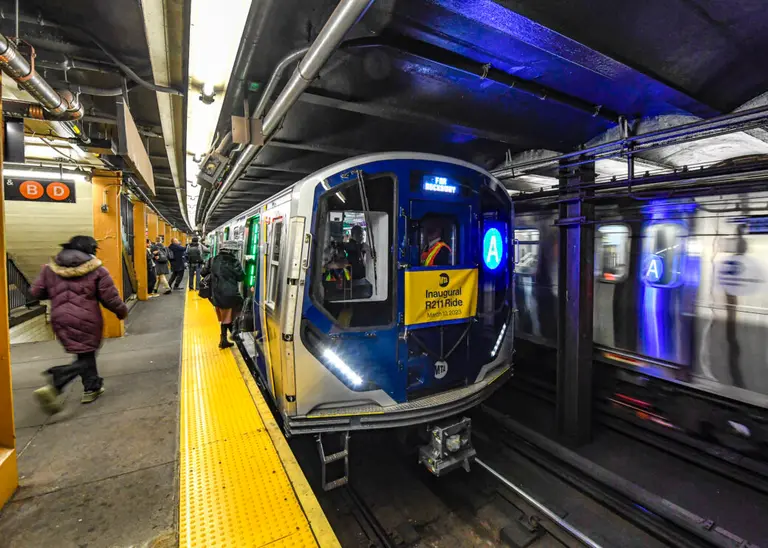
Image courtesy of Marc A. Hermann / MTA on Flickr
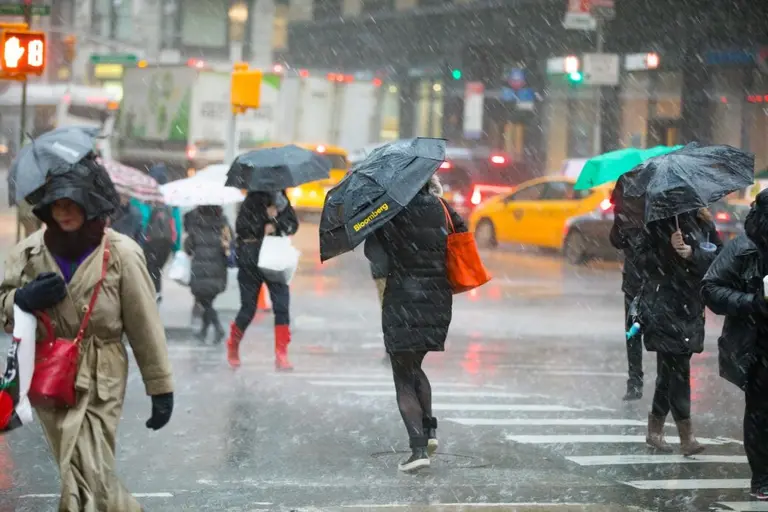
A 2018 storm. Photo: Benjamin Kanter/Mayoral Photo Office.
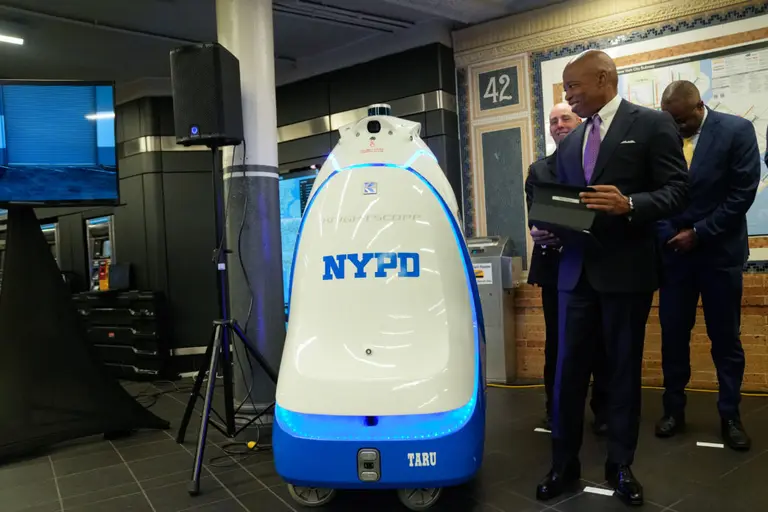
Photo courtesy of Michael Appleton/Mayoral Photography Office on Flickr
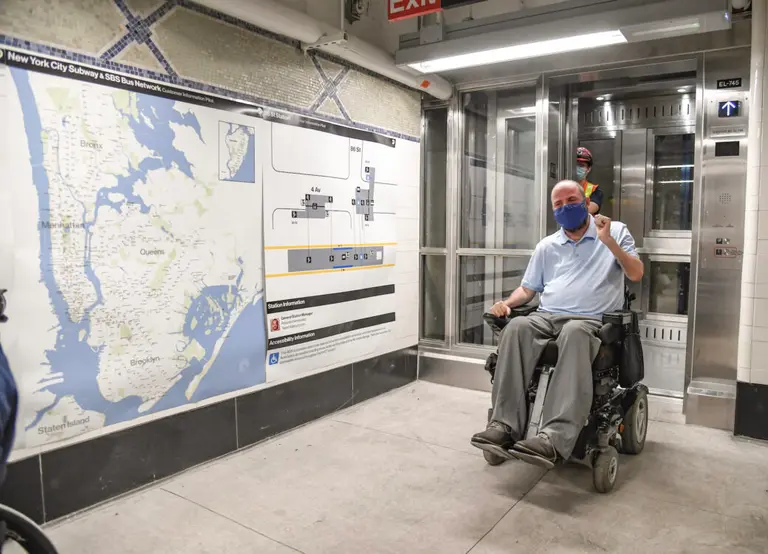
Image courtesy of Marc A. Hermann / MTA New York City Transit on Flickr
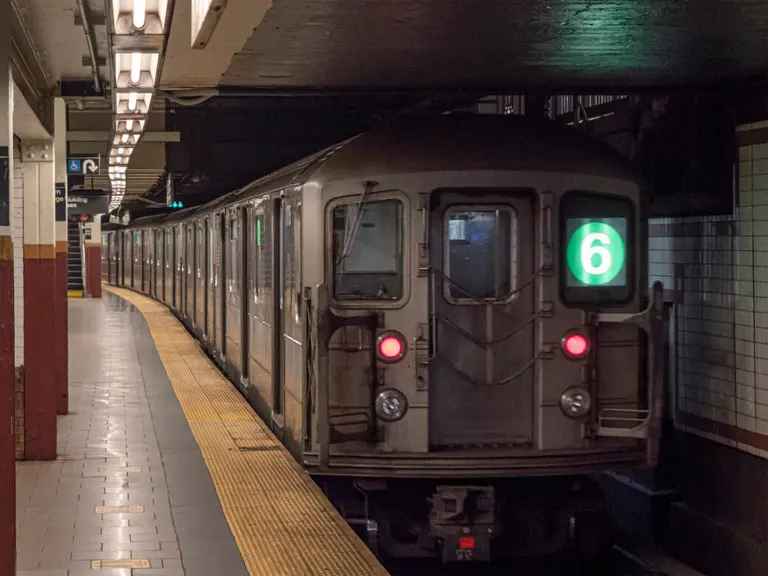
Photo via WikiCommons
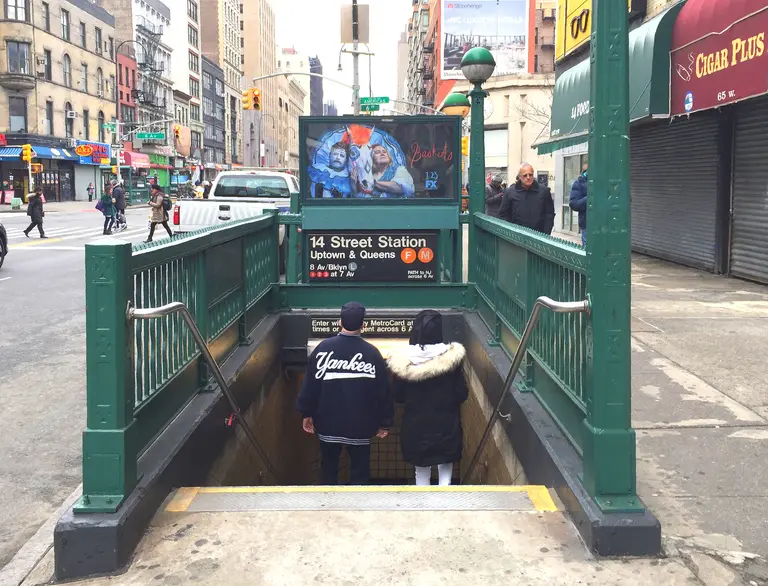
Photo by Charles16e on Flickr